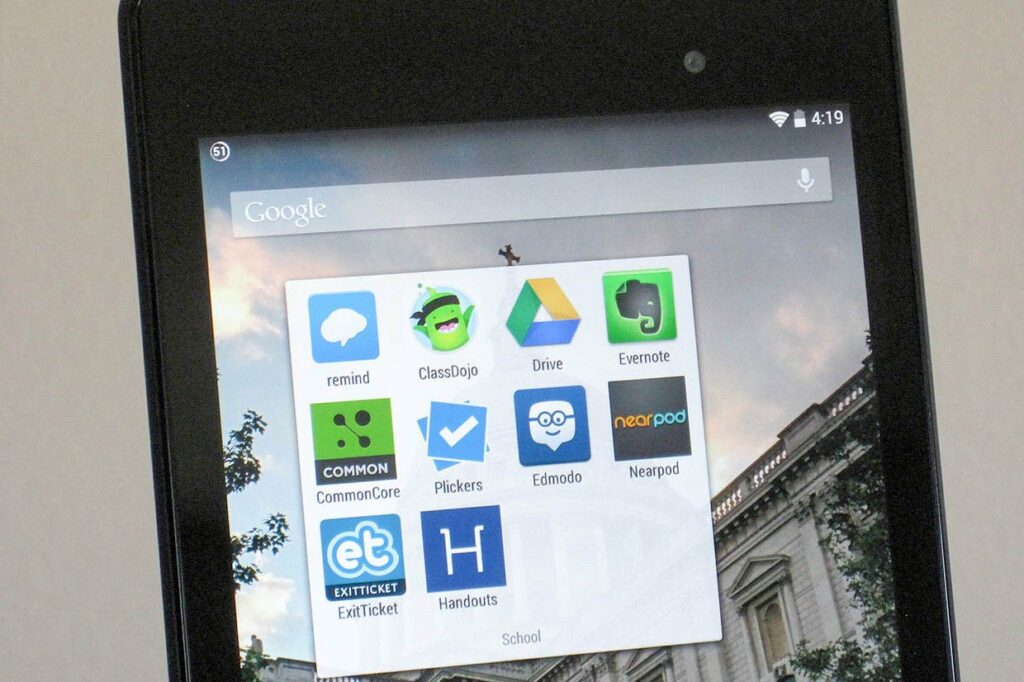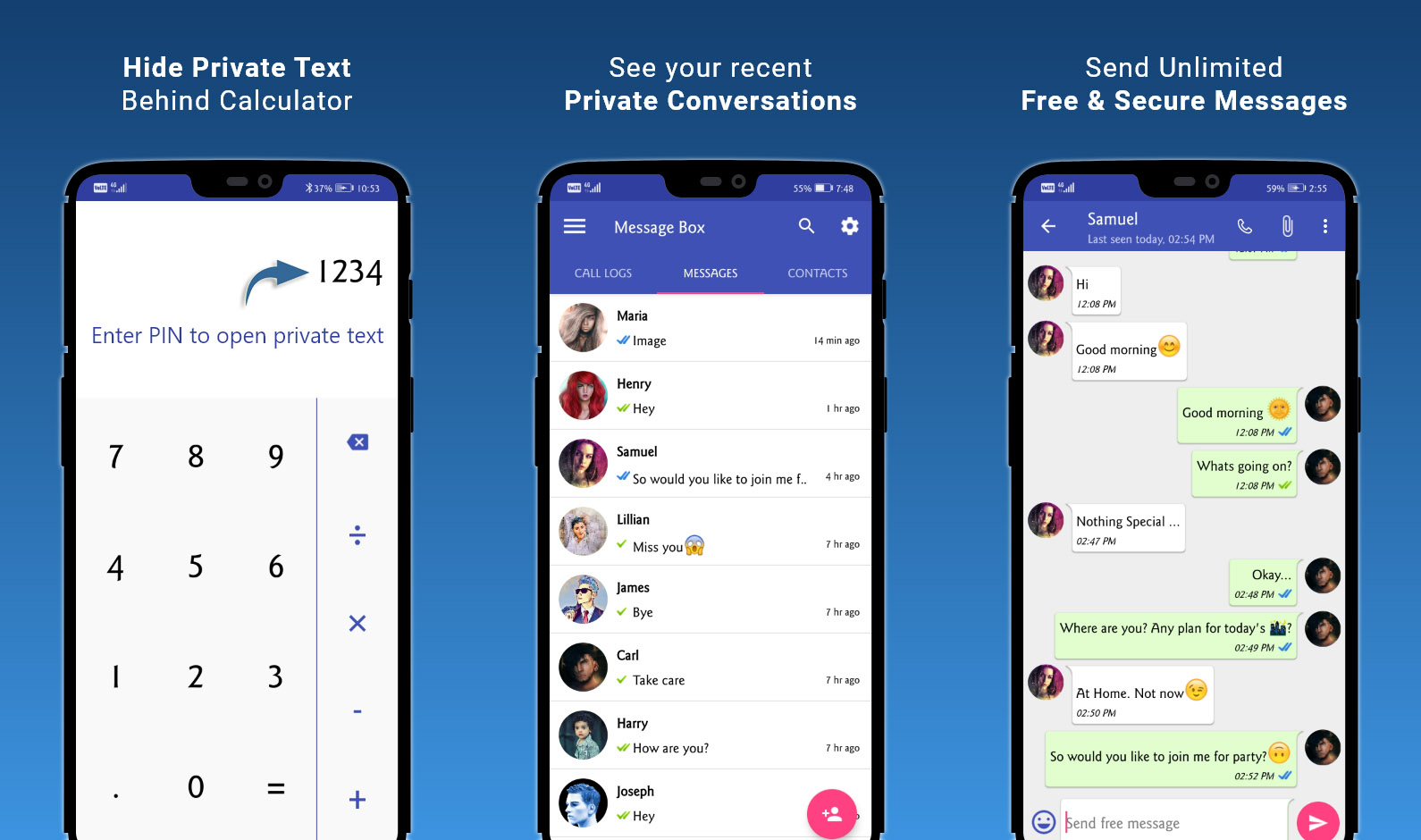Technology has become an integral part of our daily lives, transforming the way we communicate, work, and learn. In the field of education, the integration of technology has brought forth numerous opportunities for enhancing the learning experience of students and empowering teachers with innovative tools. One such technological advancement that has gained significant traction in educational settings is Android, the popular mobile operating system developed by Google. Android offers a versatile platform with a wide range of applications and features that can be effectively utilized to empower both students and teachers in the educational landscape.
The integration of Android devices in education brings forth a myriad of benefits. For students, Android offers access to a vast array of educational applications that cater to various subjects, skills, and learning styles. From interactive learning apps to virtual laboratories and e-books, Android apps provide a rich and engaging learning experience, making education more enjoyable and effective. Additionally, Android devices can be customized to accommodate individual learning needs, allowing students to personalize their devices and optimize their learning experience. On the other hand, for teachers, Android offers a multitude of tools for classroom management, assessment, and communication. These applications streamline administrative tasks, facilitate effective assessment practices, and promote collaboration between teachers and students.

However, the integration of Android in education also raises important considerations regarding security, privacy, and accessibility. With the use of technology, it becomes crucial to ensure that student data remains secure and protected. Educational institutions need to implement measures to safeguard sensitive information and educate students about responsible digital practices. Additionally, accessibility features within Android devices play a vital role in ensuring that students with disabilities have equal access to educational resources and can fully participate in the learning process. By addressing these concerns and harnessing the potential of Android, educators can create an inclusive and empowering learning environment for all students.
Overview of Android in Education
Android has emerged as a powerful educational tool, offering a versatile platform that enhances the learning experience for both students and teachers. As an operating system developed by Google, Android provides access to a vast ecosystem of educational applications and resources. It enables educators to leverage technology to create interactive and engaging learning environments that cater to diverse learning styles and subjects.
Android serves as an educational tool by providing a wide range of applications specifically designed for learning purposes. These apps cover various subjects, including mathematics, science, languages, history, and more. They offer interactive lessons, quizzes, simulations, and educational games, turning traditional classroom content into dynamic and immersive experiences. Moreover, Android’s compatibility with online resources and e-books ensures that students have access to a wealth of information, making research and self-directed learning more accessible and convenient.
Integrating Android devices in the classroom brings numerous benefits. First and foremost, it fosters student engagement by tapping into their familiarity with technology and digital devices. Android devices provide a user-friendly interface that students find intuitive and enjoyable to navigate. Additionally, the use of Android devices allows for personalized learning experiences. Students can tailor their educational apps, settings, and preferences to match their individual needs and learning styles, promoting self-paced learning and academic autonomy. Furthermore, the integration of Android devices facilitates collaboration and communication among students and teachers, enabling seamless sharing of resources, assignments, and feedback. This enhances the overall learning environment and promotes a more interactive and connected classroom community.
Android Apps for Students
Android offers a wide array of educational apps that cater to various subjects and skills, making learning more accessible and engaging for students. These apps cover a broad range of disciplines, including mathematics, science, language learning, coding, music, and more. They provide interactive lessons, practice exercises, and study materials that are tailored to specific educational standards and curriculum requirements. With these apps, students can grasp complex concepts, reinforce their knowledge, and explore new areas of interest at their own pace.
In addition to subject-specific apps, Android offers a plethora of educational games that provide interactive learning experiences. These games combine entertainment with educational content, allowing students to acquire knowledge and skills while having fun. Gamified learning engages students’ attention and motivation, promoting active participation and retention of information. Whether it’s solving puzzles, exploring historical scenarios, or engaging in virtual science experiments, educational games on Android provide a dynamic and immersive learning environment that stimulates critical thinking, problem-solving, and creativity.
Android devices also grant students access to a vast array of online resources and e-books. With the integration of Wi-Fi connectivity and web browsers, students can explore educational websites, research articles, and online libraries directly from their Android devices. They can access a wealth of information and reference materials, expanding their learning beyond the confines of textbooks. Furthermore, the availability of e-books allows students to carry their entire library in a single device, promoting convenience and portability. Whether it’s accessing classic literature or exploring the latest scientific research, Android provides students with instant access to a world of knowledge and learning resources.

Android Apps for Teachers
Android offers a range of apps specifically designed to assist teachers in managing their classrooms effectively. Classroom management and organization apps enable teachers to streamline administrative tasks, such as attendance tracking, scheduling, and lesson planning. These apps provide intuitive interfaces that allow teachers to organize their teaching materials, create lesson plans, and set reminders for important deadlines. By leveraging these apps, teachers can optimize their time and focus more on instructional activities, ensuring a well-structured and efficient learning environment.
Assessment and grading tools are another valuable category of Android apps for teachers. These apps enable teachers to create and administer quizzes, tests, and assignments digitally. They provide features such as automatic grading, performance analytics, and progress tracking, simplifying the assessment process and providing valuable insights into students’ learning outcomes. With these tools, teachers can save time on manual grading, generate detailed reports, and identify areas where students may require additional support or intervention. By utilizing Android assessment apps, teachers can implement more comprehensive and data-driven assessment practices, fostering a culture of continuous improvement.
Android also offers communication and collaboration apps that facilitate seamless interaction between teachers and students. These apps provide platforms for sharing resources, assignments, and announcements, allowing teachers to communicate important information with their students easily. Additionally, these apps enable collaborative activities, such as group discussions, virtual brainstorming, and peer feedback, promoting active engagement and participation among students. By leveraging communication and collaboration apps on Android, teachers can foster a sense of community within the classroom, enhance student-teacher interaction, and create opportunities for peer learning and cooperation.
Customization and Accessibility
One of the strengths of Android devices in education lies in their ability to be personalized according to individual learning needs. Android allows students to customize their devices, apps, and settings to create a tailored learning experience. Students can personalize their home screens, organize apps based on subject areas, and customize notification settings to minimize distractions during study time. This level of customization empowers students to take ownership of their learning journey and create an environment that supports their unique preferences and learning styles. Whether it’s adjusting font sizes, choosing color schemes, or enabling voice commands, Android provides students with the flexibility to adapt their devices to suit their individual needs.

In addition to customization, Android devices offer a range of accessibility features that promote inclusivity for students with disabilities. These features ensure that students with visual impairments, hearing loss, motor limitations, or cognitive challenges can access educational content and participate fully in the learning process. Android provides features such as screen readers, magnification gestures, closed captioning, switch access, and voice input, enabling students with disabilities to navigate and interact with their devices effectively. By incorporating accessibility features, Android fosters an inclusive learning environment where all students can access educational resources, engage in learning activities, and achieve their full potential.
Security and Privacy Considerations
When integrating Android devices in education, it is crucial to prioritize data security and privacy to protect sensitive student information. Educational institutions should implement robust measures to ensure the confidentiality, integrity, and availability of data stored on Android devices. This includes implementing strong passwords or biometric authentication, encrypting data at rest and in transit, and regularly updating the device’s operating system and security patches. Educators should also educate students about responsible digital practices, such as avoiding sharing personal information online and being cautious when downloading apps or accessing unknown websites.
Another important aspect of security and privacy is managing app permissions and user restrictions. Android allows users to control the permissions granted to individual apps, ensuring that apps only access the necessary information and functionalities required for their intended purpose. Educators should educate students about app permissions and encourage them to review and adjust permissions as needed. Additionally, educational institutions may consider implementing device management solutions that allow administrators to configure user restrictions, such as limiting app installations or restricting access to certain websites. These measures help protect students from potential privacy breaches and ensure a safe and secure learning environment.
By prioritizing security and privacy considerations, educational institutions can instill confidence in students, parents, and educators regarding the use of Android devices in education. It is essential to stay informed about emerging security threats and privacy regulations to continuously update and strengthen security practices. Through proactive measures and responsible use of Android devices, educators can create a secure and privacy-conscious learning environment that protects student data and fosters trust among all stakeholders.
Future Possibilities and Challenges
The integration of Android in education opens up a world of future possibilities, fueled by emerging technologies and trends. As technology continues to advance, we can expect Android-based education to embrace innovations such as augmented reality (AR) and virtual reality (VR) applications, which can provide immersive and interactive learning experiences. These technologies have the potential to transport students to virtual environments, enabling them to explore historical landmarks, conduct scientific experiments, and engage in simulated real-world scenarios. Furthermore, the rise of artificial intelligence (AI) and machine learning (ML) in Android apps can facilitate personalized learning pathways, adaptive assessments, and intelligent tutoring systems, tailoring education to individual student needs. The future of Android in education holds exciting prospects for leveraging cutting-edge technologies to enhance learning outcomes and promote student engagement.
However, integrating Android in education also comes with its own set of challenges that need to be addressed. One of the main concerns is the digital divide, where not all students have access to Android devices or reliable internet connections outside of the classroom. This can create disparities in access to educational resources and opportunities for learning. Bridging this divide requires collaboration between educational institutions, policymakers, and technology providers to ensure equitable access to Android devices and internet connectivity. Additionally, there are concerns surrounding privacy and data security, as the use of Android devices involves the collection and storage of sensitive student information. Education systems must establish clear guidelines and protocols for data handling, ensuring that student privacy is protected and data security measures are in place.

Furthermore, effective integration of Android in education requires ongoing professional development and training for educators. Teachers need to be equipped with the knowledge and skills to leverage Android devices and apps effectively in their instruction. They need support in understanding how to select appropriate educational apps, integrate them into the curriculum, and utilize the features and functionalities to enhance teaching and learning. Providing comprehensive training and support for educators will empower them to harness the full potential of Android in education and effectively navigate the challenges that may arise.
Conclusion
The integration of Android in education has proven to be a transformative force, empowering students and teachers alike. By leveraging the vast array of educational apps, Android devices provide a personalized and engaging learning experience for students across various subjects and skills. The accessibility and customization options offered by Android allow for tailored learning environments, catering to individual needs and learning styles. Simultaneously, teachers benefit from a wide range of apps that aid in classroom management, assessment, and communication, streamlining administrative tasks and fostering collaborative learning environments.
While Android presents numerous opportunities in education, it is essential to address concerns and challenges. Ensuring data security and privacy is paramount, with the need for robust measures and responsible digital practices to protect sensitive student information. Managing app permissions and user restrictions helps maintain a safe and secure learning environment. Additionally, bridging the digital divide and providing equitable access to Android devices and reliable internet connections remains a challenge that requires collaboration and support from educational institutions, policymakers, and technology providers.
Looking to the future, Android-based education holds immense promise. Emerging technologies like augmented reality, virtual reality, artificial intelligence, and machine learning have the potential to revolutionize learning experiences and personalize education further. However, professional development and training for educators are crucial to effectively harness the power of Android devices and apps in the classroom. By addressing concerns, investing in training, and embracing emerging trends, Android in education can continue to empower students and teachers, shaping a dynamic and inclusive educational landscape that prepares students for the digital world.





Add comment